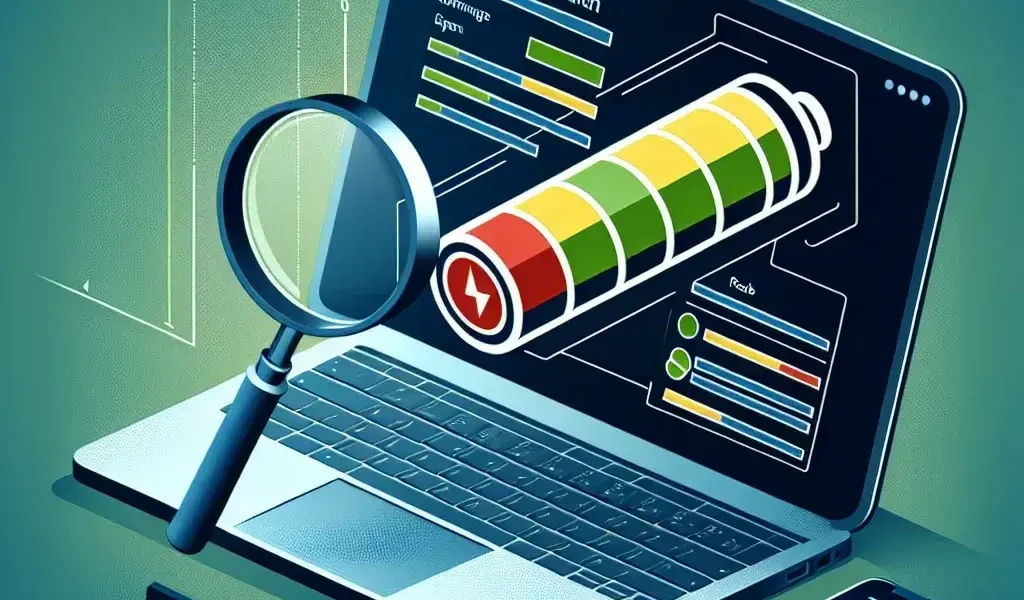How to Check Battery Health in Your Laptop
Introduction
Having a healthy laptop battery is crucial for optimal performance and productivity. Over time, laptop batteries can degrade and their capacity may diminish, resulting in shorter battery life. Checking the battery health regularly can help you identify issues early on and take necessary steps to maximize its lifespan. In this article, we will guide you through the process of checking battery health in your laptop.
Step 1: Locate the Battery Status
On most laptops, you can check the battery health status through the operating system. Start by locating the battery icon in the system tray, often found in the bottom right corner of the screen. Right-click on the battery icon to access the battery status menu.
Step 2: Check Battery Health
Once you have accessed the battery status menu, you will find information about the battery’s current health and remaining capacity. The battery health status can be displayed in different forms depending on the operating system. Look for terms like ‘battery health,’ ‘battery condition,’ or ‘battery status’ and check for any signs of degradation.
Step 3: Use Battery Health Monitoring Software
For more detailed information about your laptop battery health, you can use specialized battery health monitoring software. These tools provide comprehensive reports on the battery’s condition, capacity, and overall health. Some popular battery health monitoring software include BatteryCare, BatteryMon, and HWMonitor.
Step 4: Perform Battery Calibration
If you notice any abnormal battery behavior or a significant decrease in battery life, performing a battery calibration can help recalibrate the battery and improve its performance. To calibrate your laptop battery, follow these steps:
- 1. Charge your laptop battery fully.
- 2. Disconnect the charger and use your laptop until the battery drains completely, resulting in an automatic shutdown.
- 3. Connect the charger and let the battery charge to 100% without interruptions.
- 4. Repeat this process once every few months to maintain battery performance.
Step 5: Take Necessary Steps
If you find that your laptop battery health is deteriorating or not performing optimally, there are a few steps you can take to improve its condition:
- 1. Reduce screen brightness and keyboard backlight.
- 2. Minimize background processes and applications.
- 3. Disconnect unnecessary peripherals and accessories.
- 4. Avoid extreme temperatures and keep your laptop in a cool environment.
- 5. Avoid overcharging or leaving the battery completely drained for extended periods.
Conclusion
Regularly checking battery health in your laptop is essential to ensure optimal performance and prolong its lifespan. By following these simple steps and taking necessary precautions, you can maintain a healthy laptop battery and enjoy longer battery life. Remember to use battery health monitoring software for more detailed insights and perform battery calibration when needed.

